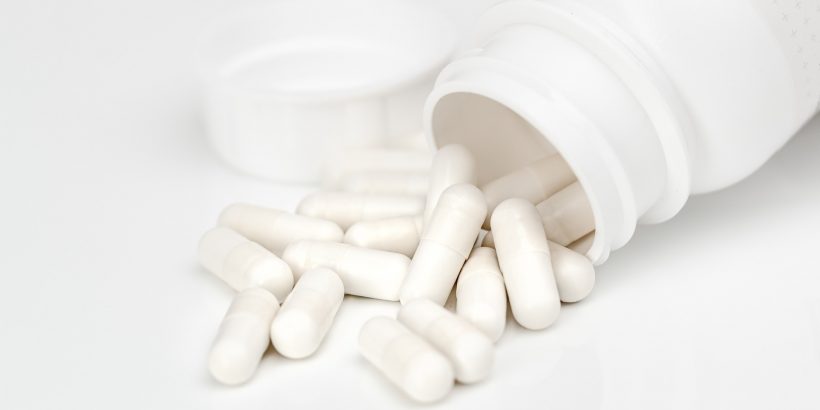
By Jori Hamilton
Though the opioid crisis is not the only substance abuse epidemic happening in the US, it is the most widely publicized. This is for good reason — there were over 49,000 opioid-related overdose deaths in 2019, and that’s after official action was taken.
What’s unique about opioid addiction is that it often begins at the pharmacy. Opioids are typically prescribed as pain medication, and unfortunately, many patients get addicted. When these patients are taken off opioids, hooked users go out to find a fix elsewhere, often turning to things like fentanyl-laced cocaine and heroin.
In recent years, it became clear that something had to be done. With more and more lives being taken by these drugs, the government decided that it was time to get involved. In March 2016, the Centers for Disease Control and Prevention published a guideline for prescribing opioids for chronic pain in hopes that opioid prescriptions would decrease and deaths related to addiction would be reduced. Though it did reduce prescription rates, there was a negative effect on those suffering from chronic pain who benefitted from opioid medication. With pain management becoming more difficult in some circumstances, there comes the question: Where is the balance?
Undertreated Chronic Pain
Some claim that the pendulum has swung too far with these opioid crisis solutions — that there are now victims on the side of addiction as well as the side of chronic pain. The CDC’s new guidelines were an overcorrection, leaving some suffering from unnecessary and avoidable pain.
There are over 50 million people living with chronic pain in the United States. While opioids aren’t a blanket solution to chronic pain, they do help some people. In March of 2019, over 300 medical professionals sent an open letter to the CDC describing problems they found with the guidelines published in 2016. Social scientist Terri Lewis discussed the reasoning for this letter, and the problem with the CDC’s opioid crisis solution, with Democracy Now:
We have characteristics in our population that we haven’t accounted for in this design [of the CDC guidelines]. We’ve got an aging population. We’ve got a chronic care population … These are people who are stable or have been stable in care, and they are no longer getting the care that they need, because we have applied and adopted a one-size-fits-all policy, a square peg in a round hole.
When it comes to chronic pain, some people need opioids. This is evident to those who suffer and have trouble getting their medication. So is there a way to still prescribe opioids while combating the addiction epidemic we’re experiencing?
Other Ways to Treat Chronic Pain
There’s still debate on the effectiveness of opioid medication. Currently, the FDA is looking into whether or not opioids are as helpful to chronic pain as we think. In fact, some research points to opioids being ineffective after 12 weeks. Studies show that opioids are not needed 89% of the time when other forms of treatment are tried first.
Some medical professionals would disagree with these points. However, is it possible that there are ways to combat chronic pain that aren’t so highly addictive? A different approach that focuses more on natural or alternative medicine? We may have found one in something that’s been branded with an illegal substance for many years: marijuana.
This doesn’t mean smoking pot or getting high like some may think. Cannabinoids themselves can help you without having such effects. CBD pills, in particular, offer a form of relief that could shake the opioid industry, as they don’t get you high and are non-addictive. As explained by Core CBD:
CBD has over the last few years become a popular option for those seeking a natural alternative to help them get relief from conditions like chronic pain, PTSD, epilepsy, multiple sclerosis, and other mental disorders. Initially, even researchers were skeptical about the positive CBD effects of cannabis. But with more research and results from actual users, CBD was proven to work.
However, since there is still some negative cultural stigma surrounding marijuana, this option is still not publicly accepted in some places, even if it’s legal.
At the end of the day, it may not be opioids that are the problem, but the way they’re being prescribed. However, it would be better to live in a world without mass prescription of such addictive drugs. We must strive for a balance, and non-addictive medication may be a part of that solution.
Jori Hamilton is an experienced writer residing in the Northwestern U.S. She covers a wide range of topics but takes a particular interest in topics related to politics, urban living, society, and health. If you’d like to learn more about Jori, you can follow her on Twitter and LinkedIn.
